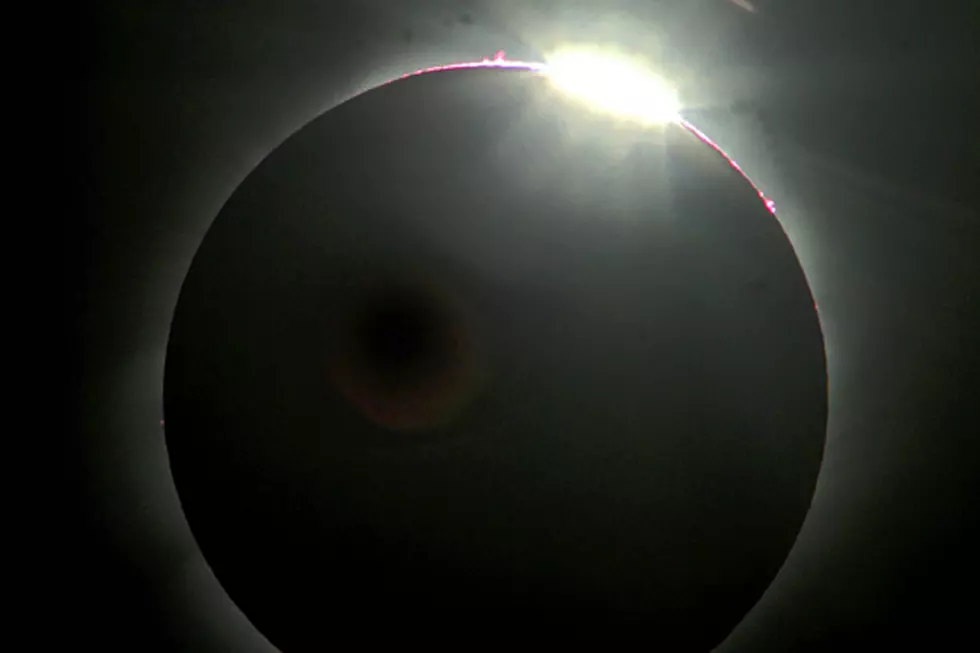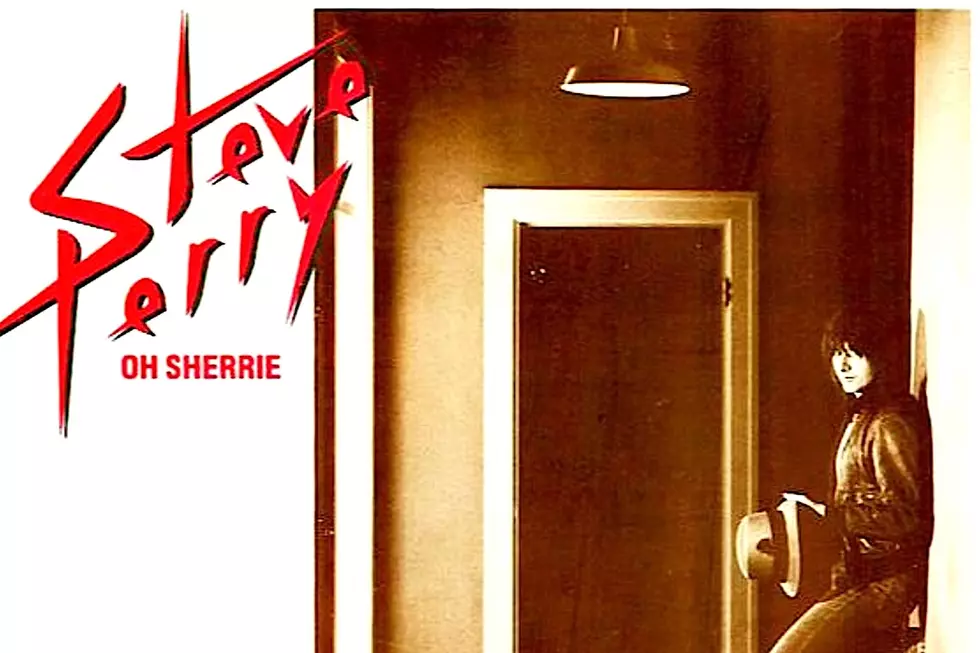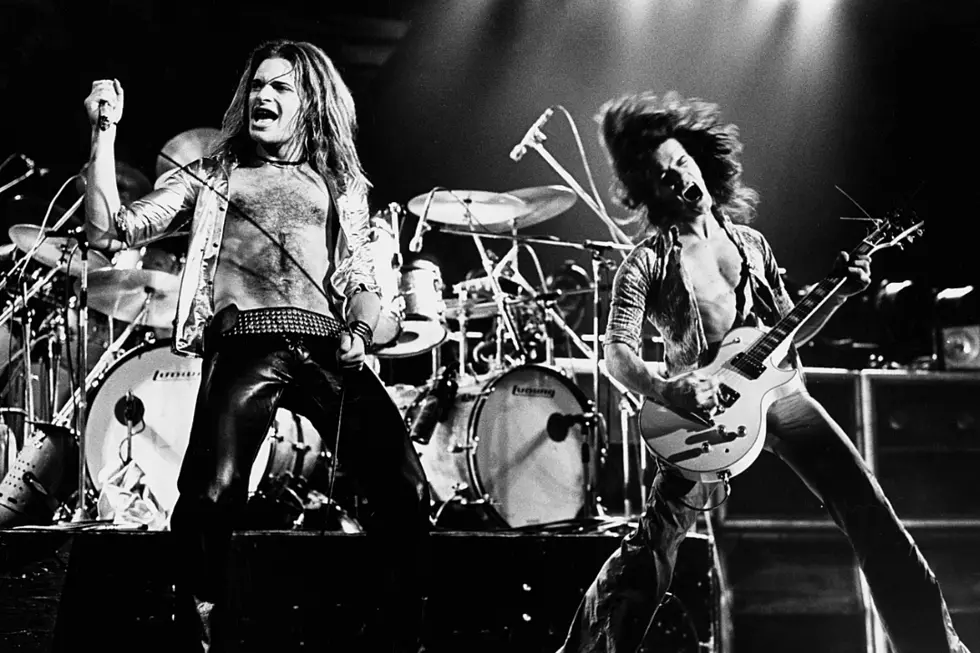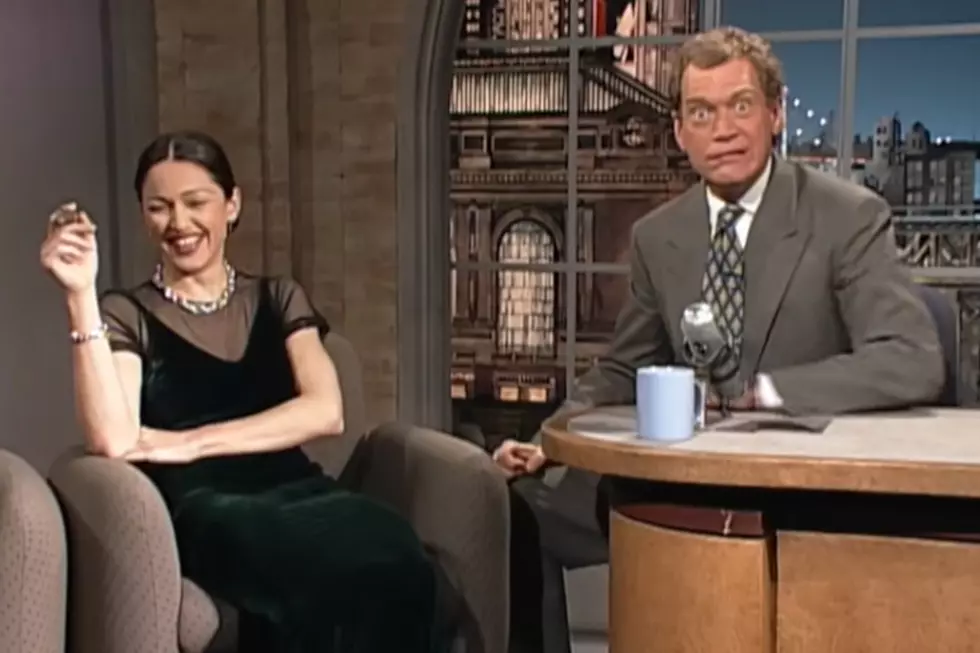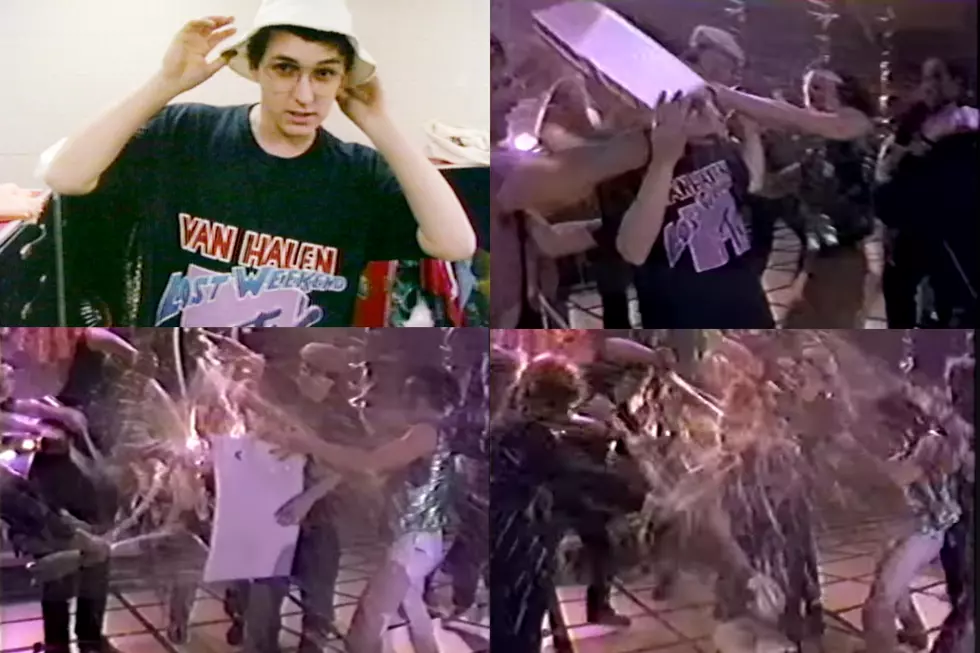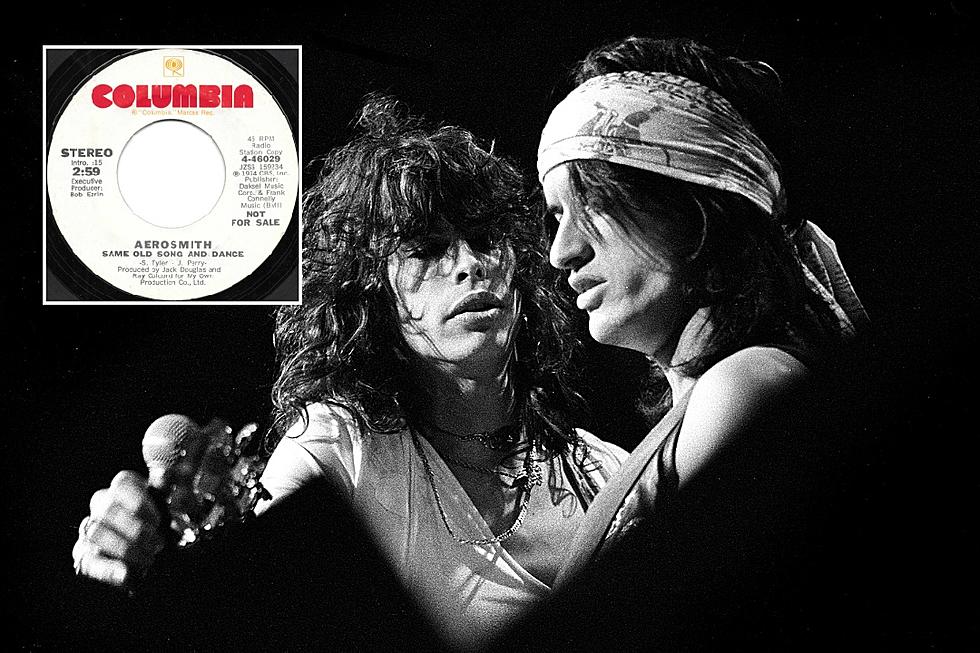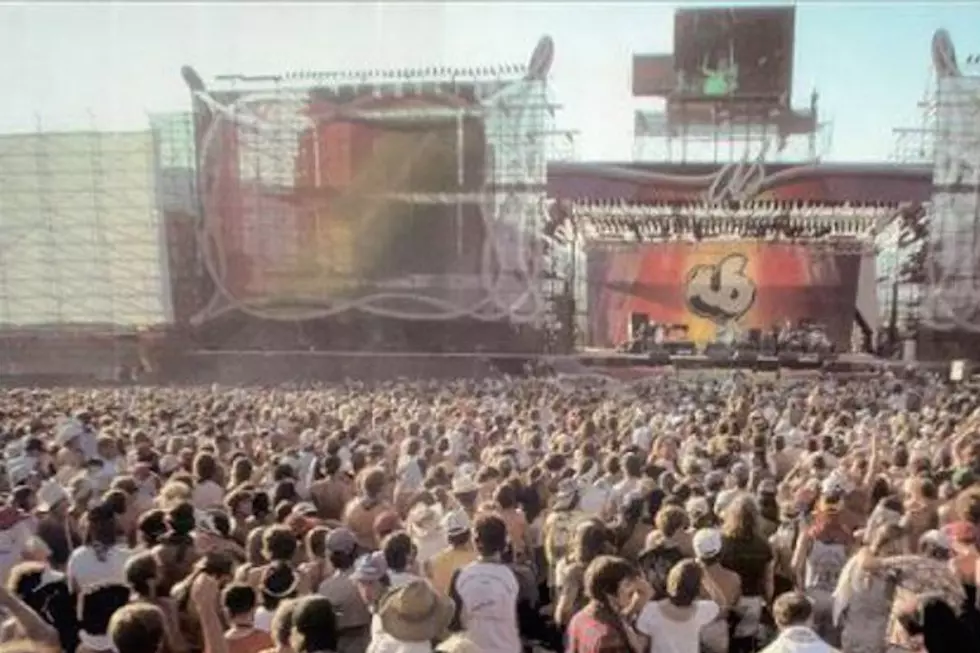
Revisiting the Influential, Short-Lived and Expensive US Festival
The US Festival had a staggering impact on the world of rock 'n' roll. Even though it existed for only two short years, this event help to lay groundwork for the modern festivals which we enjoy today.
The US Festival began with an idea from Apple co-founder Steve Wozniak, who wanted to put on an event that would spotlight both music and technology. He mounted his first US Festival beginning on Sept. 3, 1982, with performances from classic rockers such as the Police, the Ramones, Talking Heads and Tom Petty and the Heartbreakers, as well as artists from many other genres. An estimated 425,000 took in the sights and sounds that year.
The 1983 edition of the US Festival would take things to a bigger and better level. In the minds of many, the centerpiece of the event was Heavy Metal Day, which featured performances from Quiet Riot, Motley Crue, Ozzy Osbourne, Judas Priest, Triumph, Scorpions and a memorable set from Van Halen, who were paid $1.5 million.
How they got to that figure ultimately involved David Bowie.
"The festival was completely booked,” promoter Barry Fey once told the Orange County Register, “and Van Halen had a favored-nation clause in their contract that said no one could get more than them – and they were getting $1 million. Then Steve came to me and said, ‘God, Barry, I really love David Bowie.’ I say, ‘Steve, there’s no room. Let’s put this to bed.’ And he says, ‘Well, I really do love David … could you try? It is my money and my festival.’”
Fey placed a call to Bowie, who was on a European tour promoting his massive Let’s Dance album. “David tells me, ‘We’ll have to interrupt our tour and charter a 747 to bring our equipment and get it right back again.’ So I went to Steve, ‘David’s gonna cost you a million and a half, but it’s gonna cost you an extra half a million for Van Halen.’ He just shrugged his shoulders: ‘So?’ The addition of Bowie ultimately cost $2 million.”
This series of events left the Clash, who were picking up a measly $500,000 in non-punk rock dollars in an extremely ticked-off state. They held press conferences and spewed venom [with Van Halen being a particular target] to express their displeasure, threatening that they would not perform. They did perform but, as Fey recalled, festival organizers got their own revenge. “We put a copy of the check up on the video screen – during their set – showing that they got half a million dollars,” he said.
Wozniak lost a lot of money on both festivals – reportedly $10 million alone on the 1983 edition, which, Fey quipped, was “the most expensive backstage pass in history." Still, the US Festival's memory and legacy lived on vicariously through the likes of Lollapalooza, Outside Lands and Coachella, among others.
The Hilariously Bad First Concerts of Rock's Biggest Bands
Sting's Spouse is One of Rock's Hottest Wives
More From Ultimate Classic Rock

